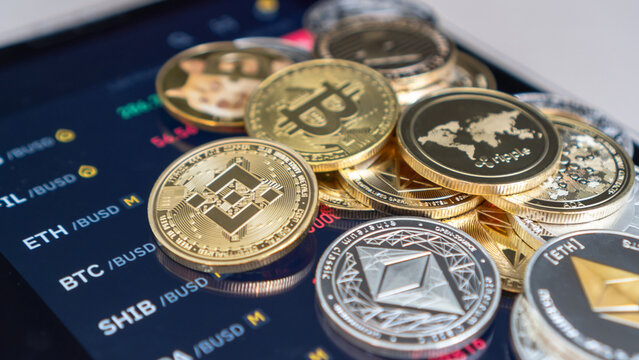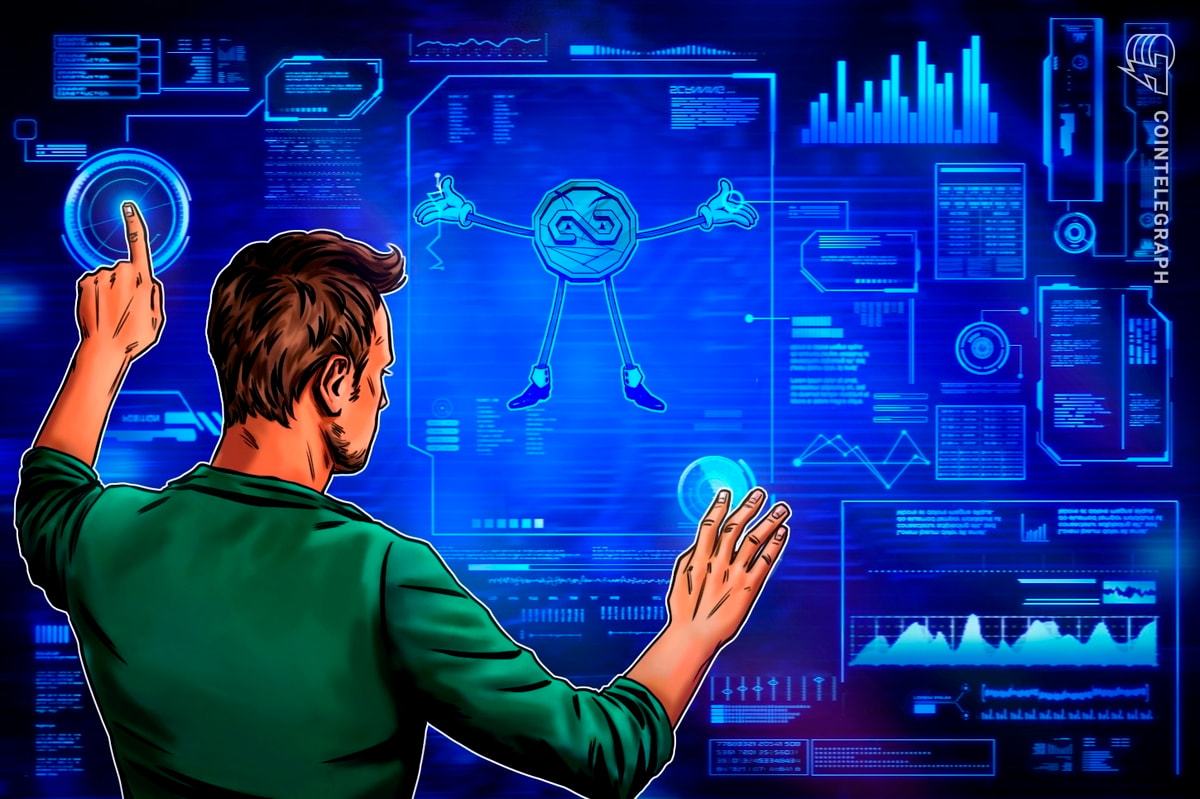The latest trend to gain traction in the cryptocurrency market is the tokenization of real-world assets (RWA), sparked by interest from major financial institutions such as BlackRock.
RWA tokenization transfers ownership rights of financial or physical assets into digital tokens, providing an unchangeable and transferable unity of ownership.
These tokens can thereafter be issued, purchased, sold and exchanged on numerous exchanges and networks.

Blockchain technology has allowed illiquid assets such as real estate and those from traditional markets such as United States Treasurys to trade on decentralized finance (DeFi) protocols.
The current market value of RWA tokens is about $7 billion and is expected to grow to $16 trillion by 2030.

Early examples of tokenization
The concept of tokenizing real-world assets is almost as old as cryptocurrency itself.
One of the first proper use cases of RWA tokenization was stablecoins, where a single token represents a single unit of fiat currency, like the U.S. dollar.
With time, the scope of tokenization has increased to a broader range of assets, including bonds, stocks, fixed income and real estate.
The sector gained mainstream attention after BlackRock, the world’s largest asset manager, launched its BUIDL asset tokenization platform.
Recent: Tornado Cash verdict has chilling implications for crypto industry
The concept also became a prominent feature of the DeFi industry in 2023.
A Bitfinex analyst told Cointelegraph that broader economic conditions and the integration of cryptocurrencies into traditional financial markets will increasingly influence the future of RWAs in DeFi.
“As financial markets increasingly recognize cryptocurrencies as a legitimate asset class, there will be more opportunities for RWAs to provide stability and real-world anchoring in DeFi projects. This stability is crucial, particularly in the volatile economic landscape, and could enhance the attractiveness and trust in DeFi platforms,” they added.
RWA tokenization bridges the gap between TradFi and DeFi
DeFi has historically prioritized assets native to cryptocurrency, but adding RWAs represents a significant change.
This change allows the DeFi sector to access a broader range of assets, such as bonds, real estate, commodities and intellectual properties. RWAs are the fastest-growing asset class in DeFi.
While DeFi is known for revolutionizing finance by offering services like lending, yield products and more, it is notably volatile. Stories about stablecoins depegging, lack of liquidity and widespread liquidations of leveraged positions are common.
Graeme Moore, head of tokenization at the Polymesh Association, told Cointelegraph that RWAs lessen DeFi’s reliance on the volatile cryptocurrency market by exposing it to diverse assets.
Diversifying assets via RWA tokenization offers consistent and stable results while lowering risk, Moore said.
“RWAs work beautifully on blockchain rails, and being able to custody RWAs and use them the way you want without needing a centralized intermediary will upgrade capital markets globally, the same way the internet upgraded communications globally,” he explained.

DeFi platforms are embracing diverse types of RWAs
Over the past few years, more prominent DeFi protocols have incorporated RWAs for yield products, algorithmic stablecoin backing and liquidity, including MakerDAO and Aave.
MakerDAO was one of the first DeFi protocols to use RWAs as collateral for its decentralized stablecoin, Dai (DAI).
In November 2020, MKR (MKR) tokenholders held the first vote to integrate RWAs into MakerDAO’s product.
Since then, RWAs have become integral to the Dai stablecoin and MakerDAO’s financial viability. This is evident in the fact that RWAs collateralize about 46% of the Dai in circulation and also account for 48% of MakerDAO’s expected yearly revenue.
Kevin de Patoul, CEO of DeFi market maker Keyrock, believes RWAs in DeFi products are only in their infancy.
He told Cointelegraph that as the blockchain industry matures, there is a growing trend toward tokenizing real-world assets, from Treasury bills to corporate bonds.
He cited the example of PV01, a debt tokenizing firm: “By bringing a U.S. Treasury bill onto the Ethereum blockchain, they’ve demonstrated that even traditionally ‘boring’ asset classes can benefit from tokenization. It streamlines investment and enables novel use cases, such as using the tokens as collateral for trading.”
According to de Patoul, this has improved the risk profile of PV01’s collateral assets and increased the stability of its income streams, which have generated over $100 million in annualized revenue.
Sam MacPherson, co-founder and CEO of Phoenix Labs, a research and development company contributing to MakerDAO’s Spark lending protocol, told Cointelegraph that the growth in RWA adoption and revenue represents the merging of the DeFi and TradFi worlds.
“As more institutional actors see the benefits of bringing assets on-chain, particularly the streamlining of old-world systems with real-time settlement, this motivates traditional investors to look into other DeFi products like lending and stablecoins. Eventually, tokenization’s advantages will force all conventional finance to become tokenized,” he said.
Frax Finance, another DeFi and algorithmic stablecoin protocol, is using RWAs to improve the stability of its stablecoin, FRAX, and create unique DeFi yield products like Frax Bond (FXB) tokens.
Frax uses an oracle that tracks the interest on U.S. Federal Reserve balances — the interest rate that banks receive on deposits from the Fed.
This benchmark rate is generally accepted as the “risk-free rate” of the U.S. dollar and U.S. economy.
Similarly, Mountain Protocol uses RWAs for its yield-bearing stablecoin, USDM, an ERC-20 token backed by short-term U.S. Treasurys.
Recent: Biden may rethink SAB 121 vote veto due to political support for crypto
Aave DAO is using RWAs to generate revenue from the crypto-native assets under its management that would otherwise be idle and unproductive. The protocol is leveraging RWAs in its proof-of-concept RWA investment to expose itself to off-chain yields.
As more diverse RWAs enter DeFi protocols, the ecosystem could see a wave of innovative financial instruments and services.
Protocols will have an increasingly diverse set of assets to work with, allowing the creation of new products that cater to a wide range of investor tastes while ensuring market stability and assurance on par with TradFi.











